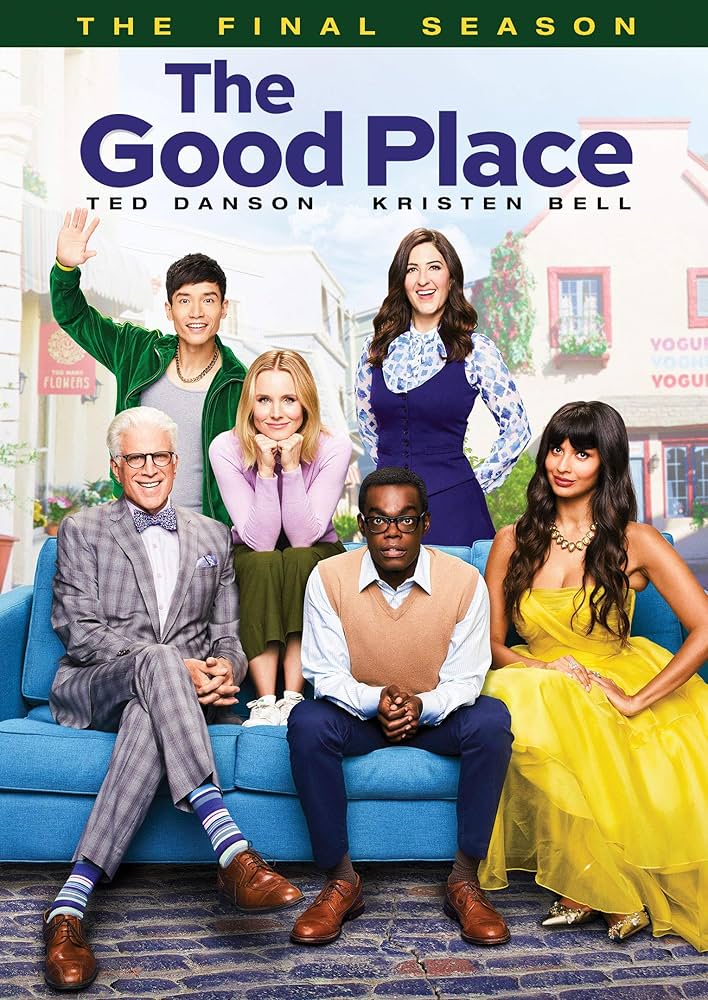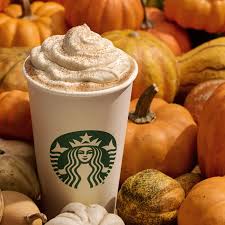Pumpkin Spice Apocalypse Finally Begins

October 27, 2014
It’s October and it’s the most wonderful time of year: the leaves change colors and crunch underneath combat boots, there’s a chill in the atmosphere, beloved sweaters are worn, and Monday night football returns. Also, day trips to the pumpkin patches become commonplace, and cravings for pie are intensified. However, the most important facet of the autumn months is the celebrated Pumpkin Spice. It’s almost a rule that once October hits, our lives turn toward pumpkin spice. The drinks, the food, the candles, and even chocolate stimulates a pumpkin spice addiction around the world. The world is unquestionably addicted to pumpkin spice. Although just pumpkin spice is admired as it is, the ruling province of pumpkin spice is the renowned Pumpkin Spice Latte.
The Pumpkin Spice Latte has arrived at Starbucks. And if there’s one thing Starbucks does best, it’s spoiling its customers with overly priced dreams nestled in a white paper cup. Needless to say, the arrival of the pumpkin spice latte presents a unique opportunity. Thanks to modern consumerism, the pumpkin spice latte can be enjoyed in an assortment of ways. Hot (which is best saved for cooler temperatures), iced, mixed in a Frappuccino, or with a pump of mocha. Regardless of your liking, this latte is a wonder amongst us all. In a way, it has become the poster-child of the fall season. As we lift our pumpkin spice lattes and rejoice over the changing of the seasons, we pin pumpkin spice recipes on Pinterest and start purchasing hoodies and boots like no one’s business.
The country’s fascination with pumpkin spice has transcended into all aspects of our taste buds. What used to be a desired seasonal pie is now a preferred seasonal additive to every food and drink imaginable. There’s pumpkin spice waffles, pumpkin spice Oreos, pumpkin spice pudding, pumpkin spice whey protein, pumpkin spice yogurt, pumpkin spice chocolate, and pumpkin spice toothpaste.
The allure and unnatural fascination for pumpkin spice is unknown. Most people assume that it’s due to the distinct tastes that combine nicely when mixed together. Other concepts propose that it could be the infrequency, since it is seasonal, or because we live in a compulsive society. However, the correct theory on the fame of pumpkin spice established by Starbucks is that it is the ideal cross-cultural flavor. Cinnamon is used in a broad diversity of foods, ginger in Asian cooking, nutmeg in Middle Eastern dishes, and cloves in a collection of Mediterranean and African diets. We may not all worship pumpkin spice, but everybody finds some flavor from their own background when we taste it.
So kick back, cherish your PSL, and post an artsy picture of it on Instagram.





